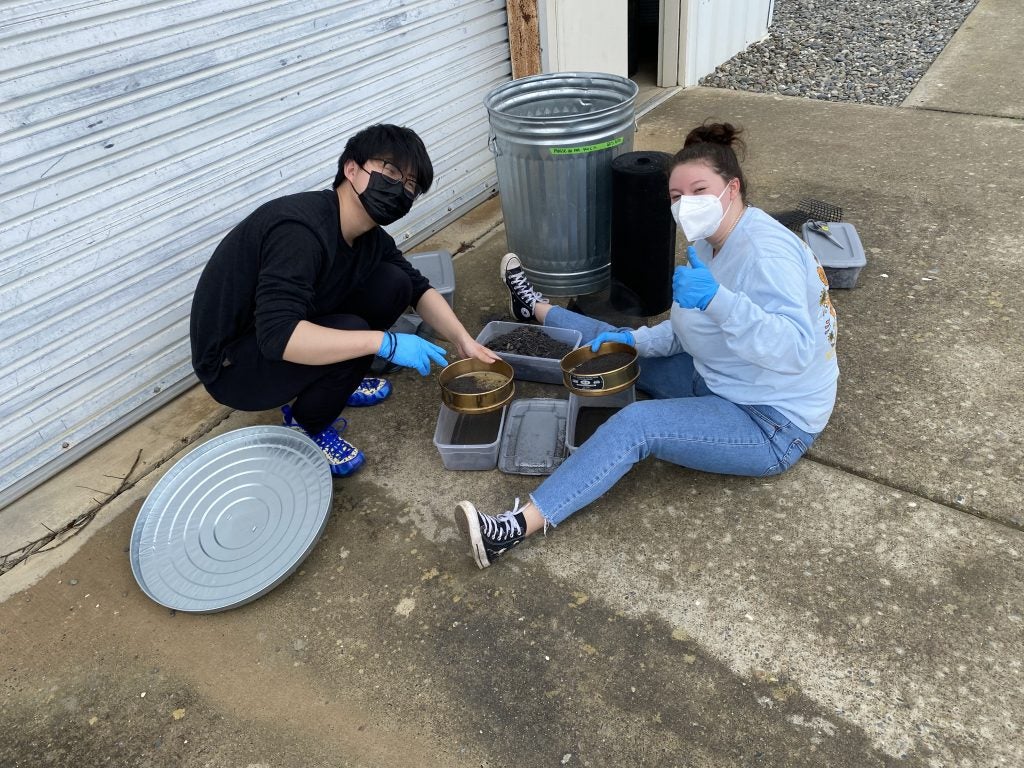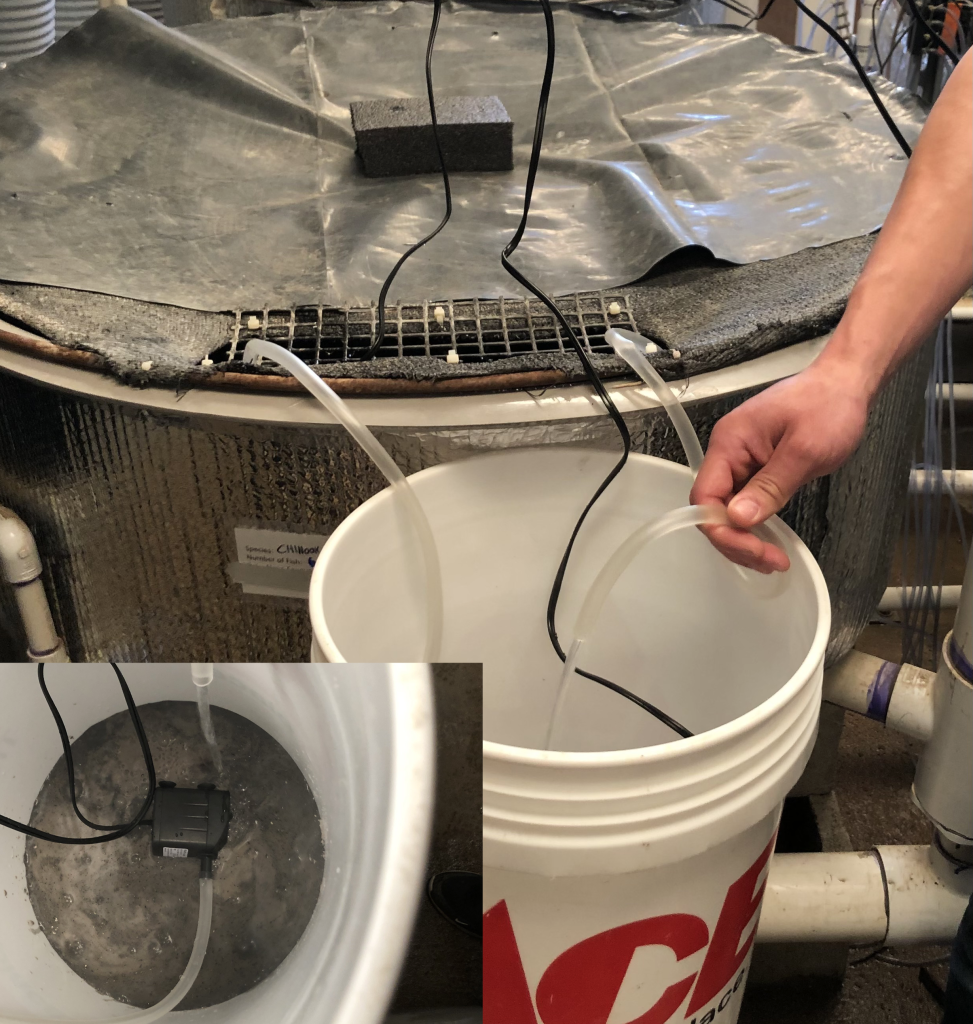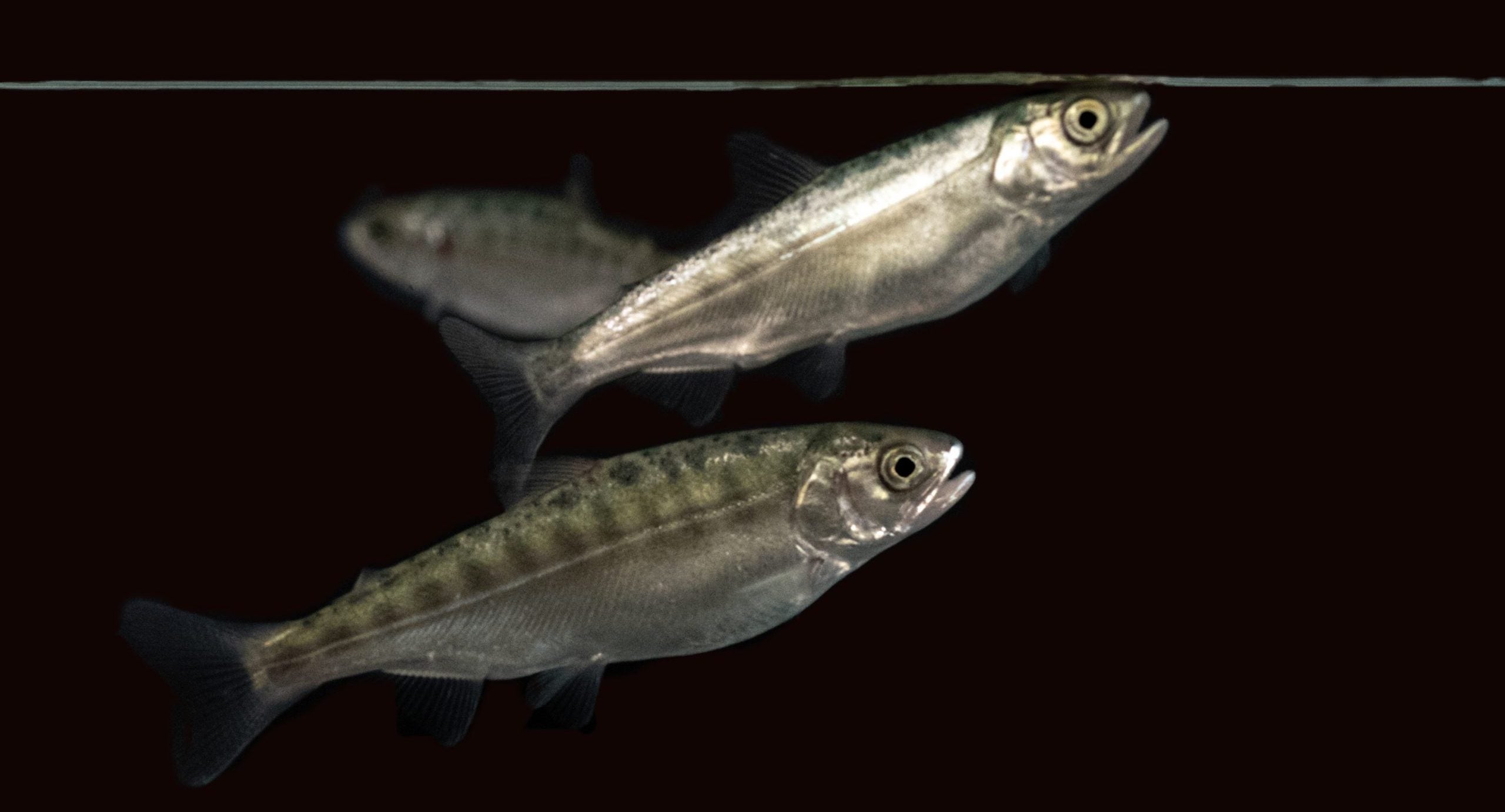Author: Sammuel Huang, Junior Specialist
Featured Image photographed by Peter Aronson, Junior Specialist
The ash left in the wake of wildfires presents an ecological concern. Indeed, when introduced to aquatic systems by means of precipitation or snowmelts, the ash induces a rapid increase in water pH—a phenomenon referred to as environmental alkalinization. Such a spike in pH, coupled with elevated water temperature following wildfires, can pose significant ionic, osmotic, and acid-base (IOA-B) challenges to aquatic organisms, particularly when habitats prone to wildfires overlap with important spawning/rearing grounds (e.g. Chinook salmon in the San Francisco-San Joaquin Delta). Unfortunately, there has been a paucity of research on fish’s IOA-B response to alkalinization, and no study has investigated that elicited by the exposure to wildfire ash.
Driven by this question, postdoctoral researcher Dr. Garfield Kwan led a study in spring 2023 to assess the changes in water quality following ash-input and their subsequent impacts on the IOA-B regulation of Chinook salmon. Fall-run Chinook salmon yearlings were acclimated to temperature treatments of 15 and 20 ℃ for 2 weeks, after which locally burned ash was introduced to experimental tanks—a dosage of 0.25g/L was used to induce an environmentally-relevant pH increase of ~1 unit, consistent with past post-wildfire observations.

There were temperature-specific differences in Chinook salmon’s IOA-B response to ash exposure. While the salmon acclimated to 20 ℃ were able to recover their blood pH within 12 hr, they experienced a drastic ~7.5-fold increase in plasma total ammonia within 1 hr. In contrast, the salmon acclimated to 15 ℃ took longer (24 hr) to return their blood pH to pre-exposure levels, but they experienced a gradual increase in plasma total ammonia over the 24-hr exposure period.

Although there were 20 and 33.3% mortalities in the 15 and 20 ℃ treatments, respectively, neither the spike in pH nor the elevated total ammonia levels could be attributed to the sole cause of lethality. Furthermore, while the introduction of ash to water also increased the concentrations of total ammonia and some trace metals—and potentially other heavy metals and environmental toxicants that were not accounted for in this study—their concentrations were unlikely to have reached lethal levels either.
Nonetheless, it is worth noting that while toxicants in the ash may not have directly led to the observed mortalities, they likely presented additional stressors that exacerbated the fish’s already-heightened physiological response to ash-induced alkalinization. Hence, future research effort should include quantifying toxicant compositions in wildfire ash and examining their synergistic effects with high pH and temperature, especially in high risk-systems home to vulnerable species.
This study was led by Dr Garfield Kwan, conducted at Dr. Nann Fangue’s Fish Conservation Physiology Laboratory (FCPL), assisted by five FCPL research interns (Sammuel Huang, Kristen Kilaghbian, Cameron Sam, Junhan ‘Leo’ Wang, and Kelly Weihrauch) and performed in collaboration with Drs.Trystan Sanders and Rod Wilson at the University of Exeter, United Kingdom.
Read more about the study at:
Kwan GT, Sanders T, Huang S, Kilaghbian K, Sam C, Wang J, Weihrauch K, Wilson RW, Fangue NA. In press. Fish Blood Response to Ash-Induced Environmental Alkalinization, and their Implications to Wildfire-Scarred Watersheds. Sci. Total Environ. In Press. (doi:https://doi.org/10.1101/2024.01.05.574400)
